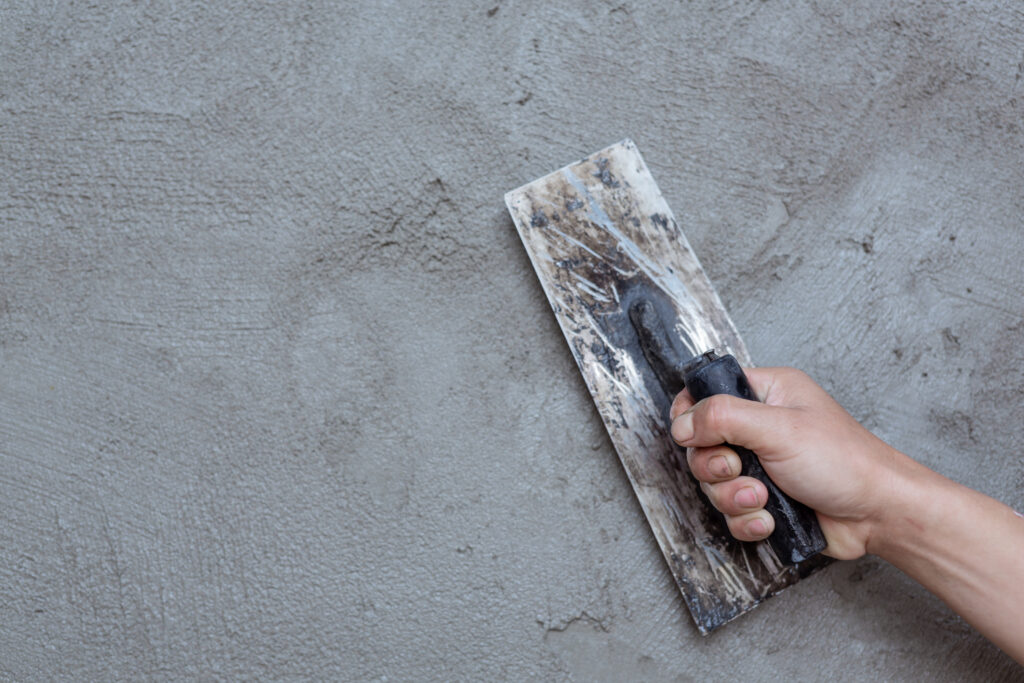Why Resurfacing Is the Smart Fix for Widespread Popping or Surface Damage in Concrete

When concrete begins to show signs of widespread popping or scaling, it’s easy to assume the worst—that full replacement is necessary. But in most cases, this isn’t just costly; it’s also unnecessary. Widespread popping, scaling, or surface flaking is a surface-level issue, not a deep structural failure. And that distinction makes all the difference.
Understanding Surface Damage: What Popping and Scaling Actually Mean
Concrete popping occurs when small fragments break away from the surface, often due to trapped moisture, freeze-thaw cycles, or deicer infiltration. Similarly, scaling refers to a more uniform loss of the top surface layer—typically just the outermost quarter inch. Both conditions, while unsightly, do not usually compromise the integrity of the concrete beneath.In fact, these forms of surface deterioration are most often caused by environmental exposure—not flaws in the core structural mass. The damage is typically isolated to the surface layer, making it a candidate for resurfacing rather than replacement.

